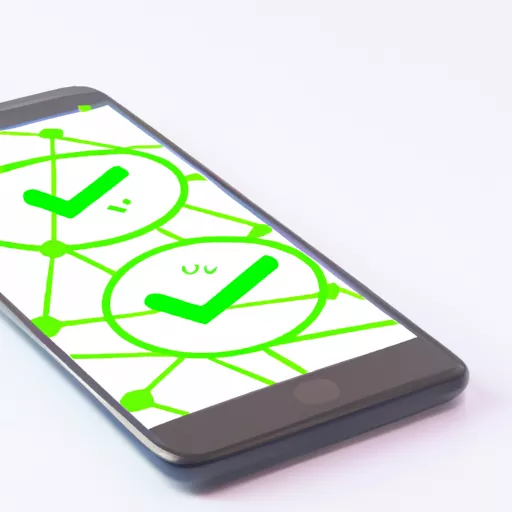
In our time, more and more Internet users are using mobile devices such as smartphones and tablets to search for information and make purchases. Therefore, if you want to attract more visitors to your website, mobile optimization is necessary.
Mobile optimization involves creating a website in such a way that it is displayed and functions correctly on various mobile devices. Here are some tips on how to create a mobile-friendly website that attracts smartphone and tablet users:
1. Create a responsive design. Responsive design allows the website to automatically adjust its display based on the device screen size. This allows your website to look good and readable on any device. Responsive design also helps improve the user experience, which can increase page views and time spent on the site.
2. Optimize page loading. Mobile device users usually expect fast page loading. Therefore, it is important to keep your website loading time as low as possible. You can achieve this by optimizing image size, minimizing the use of scripts and styles, as well as using caching and data compression.
3. Make navigation intuitive. Make sure users can easily navigate your website using the navigation menu. Ideally, the navigation menu should be available on all pages and easily accessible. You can also add a site search and brief links to the most important pages.
4. Avoid excessive use of pop-ups and ads. Pop-ups and ads can annoy mobile device users and prevent them from using your website. Therefore, if you still want to use pop-ups or ads, try to make them discreet and non-intrusive.
5. Consider local search queries. Many mobile device users use them to search for information and nearby places. Therefore, if your business has a physical location, make sure you optimize your website for local search queries. This can be done by adding information about your location, contact details, and business hours.
6. Test your website on various devices. To ensure that your website looks and functions well on different mobile devices, it is recommended to test it on as many devices as possible with different screen resolutions. This will help you identify and fix any possible display and functionality issues.
7. Track analytics. Install an analytics tool for your website to track the number of visitors from mobile devices, time spent on the site, and other metrics. This will help you understand how users interact with your website and make necessary changes to improve it.
Ultimately, mobile optimization is an important aspect of attracting smartphone and tablet users to your website. Developing a responsive design, optimizing page loading, improving navigation, avoiding excessive use of pop-ups and ads, optimizing for local search queries, testing on different devices, and tracking analytics will help create a website that is convenient and appealing to all mobile device users.


